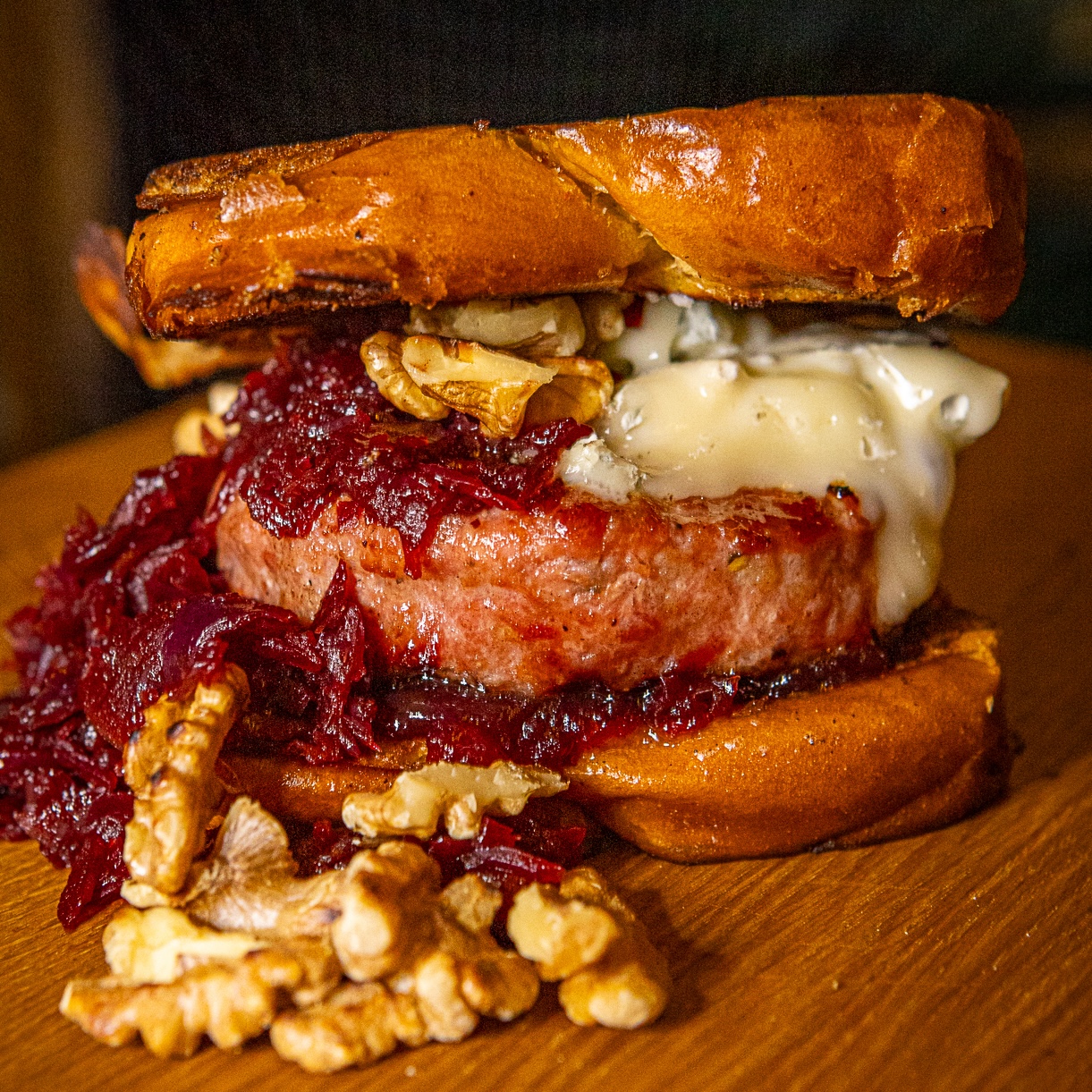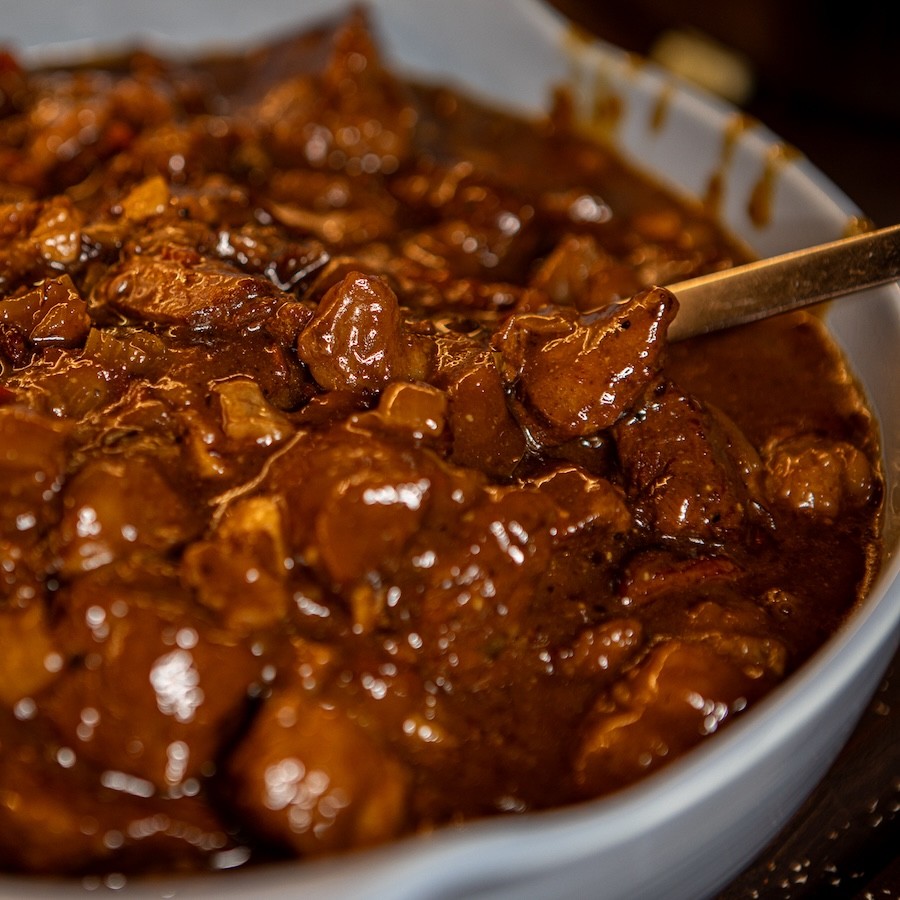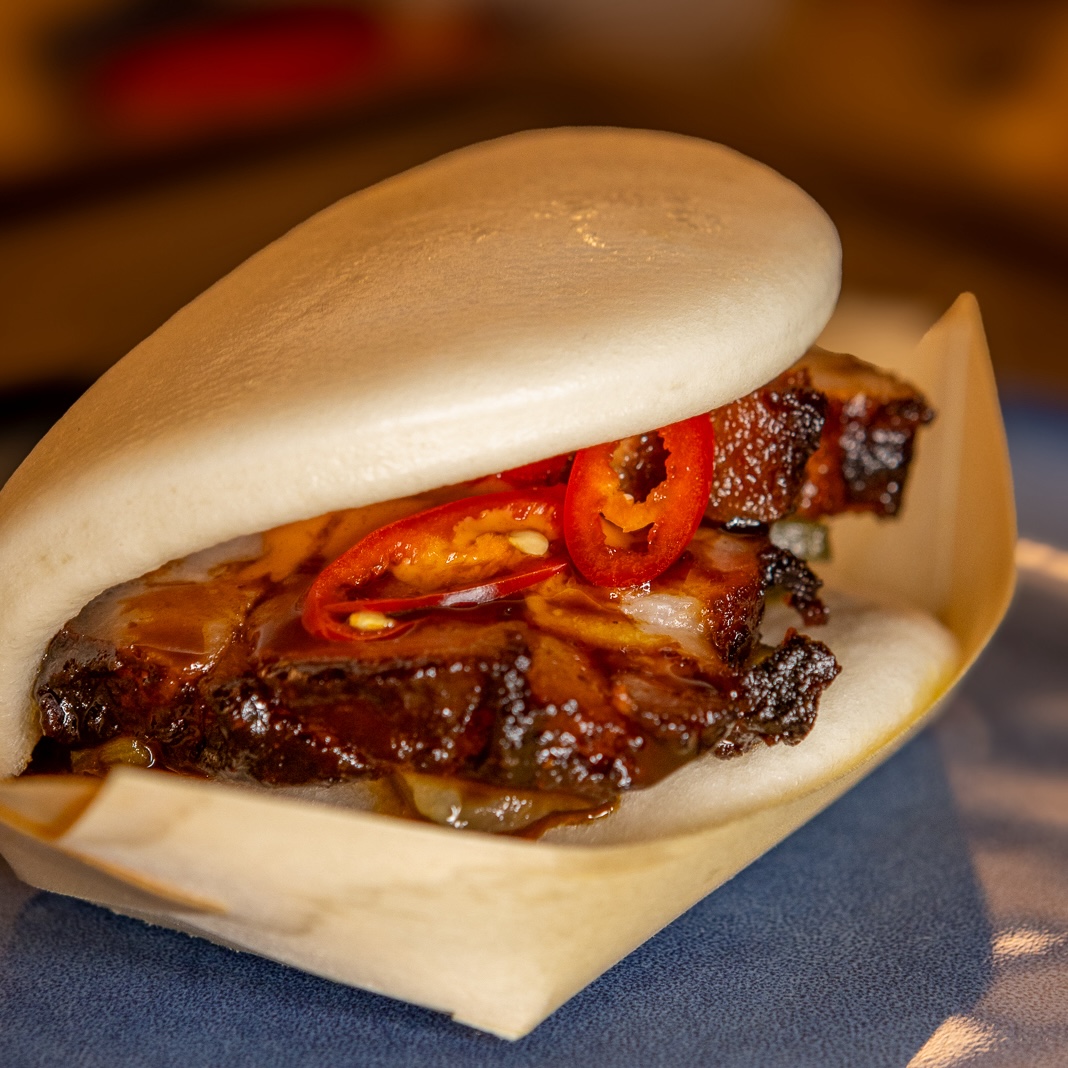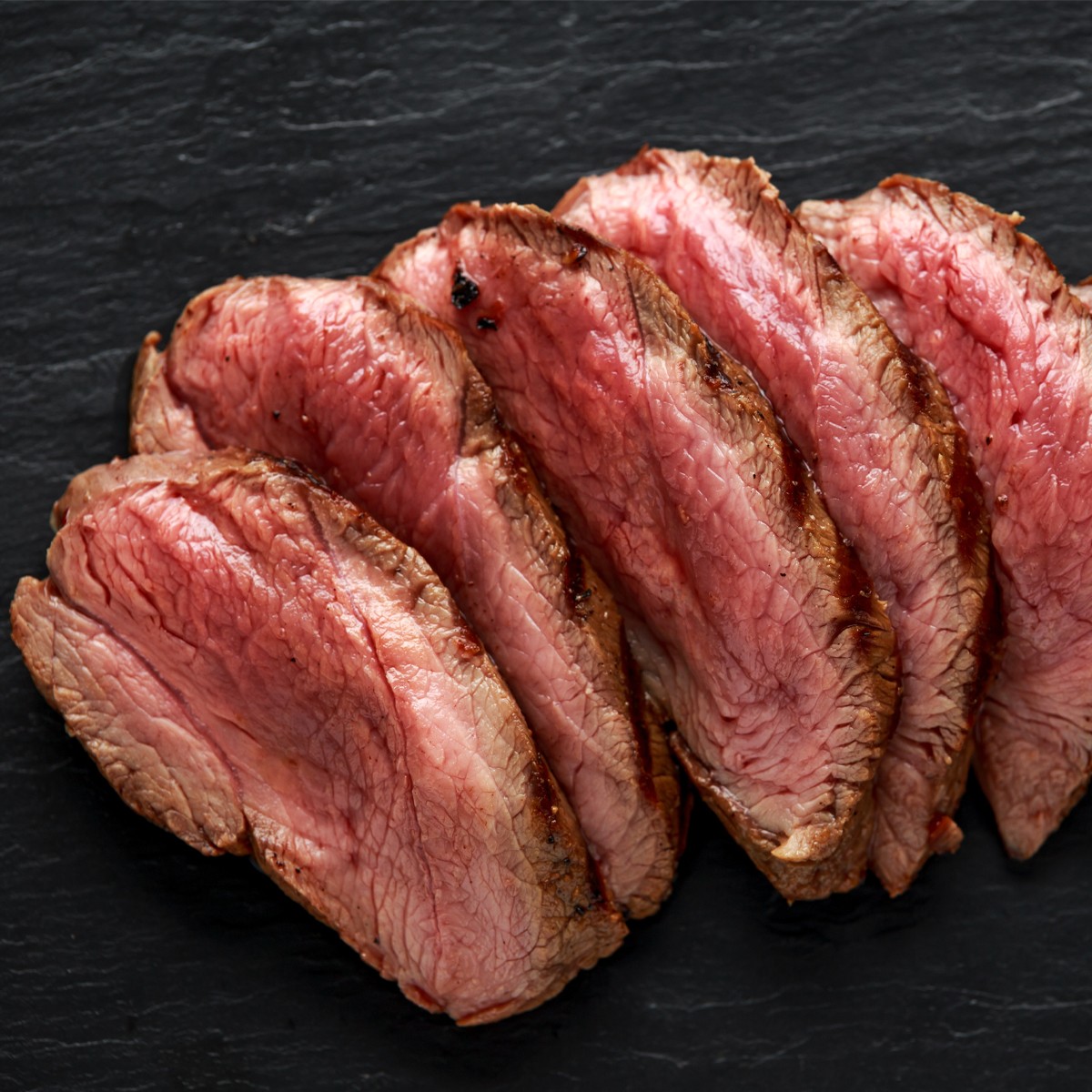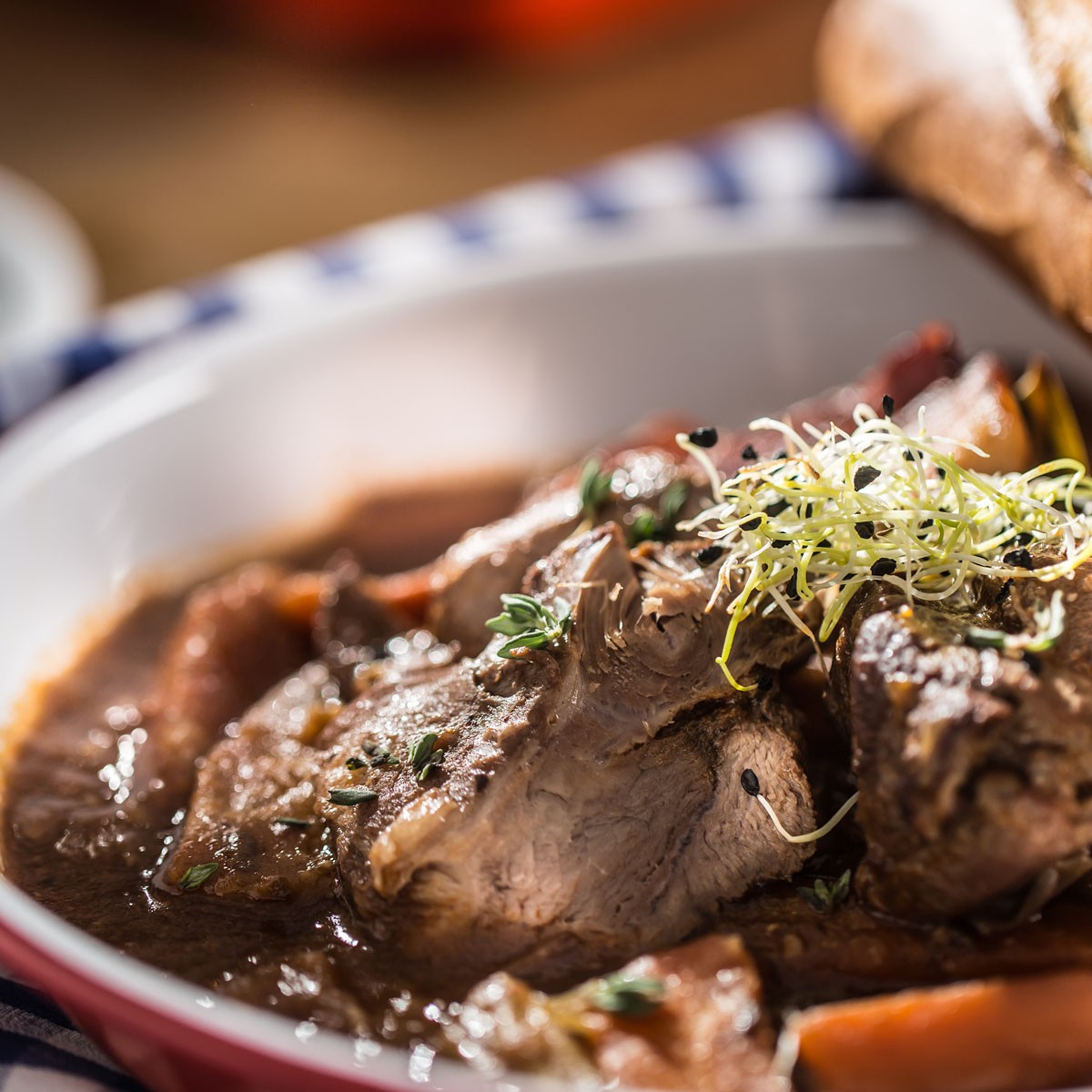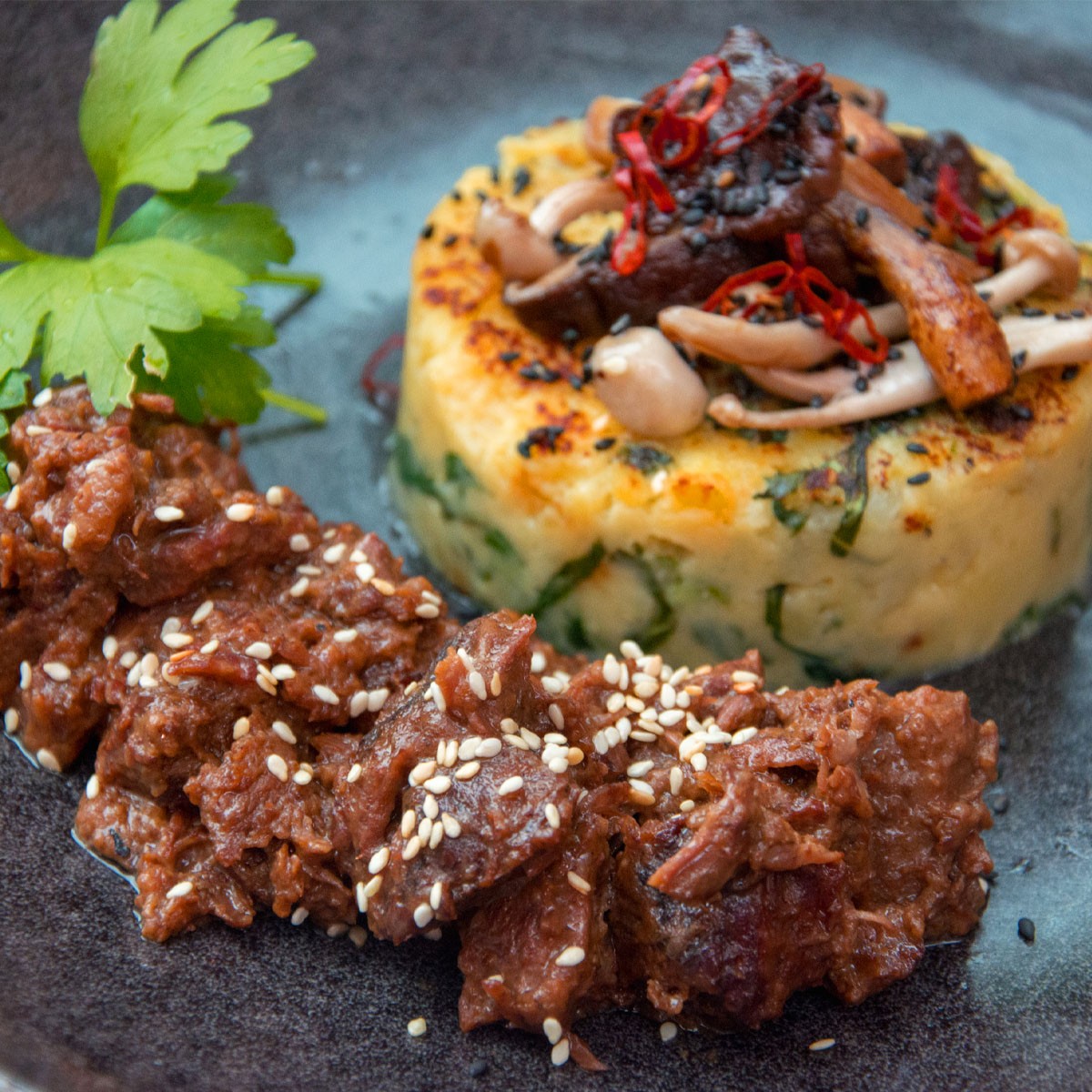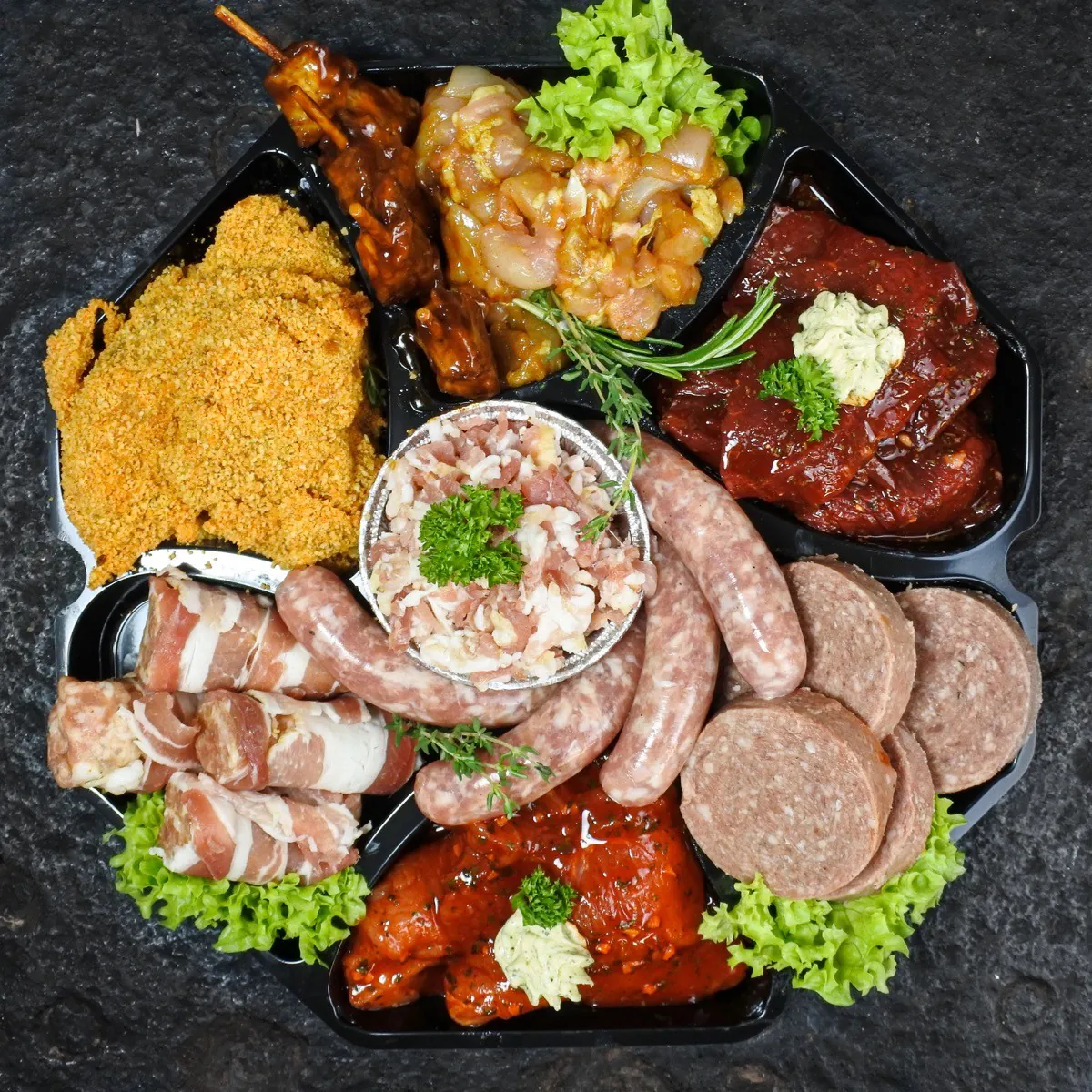
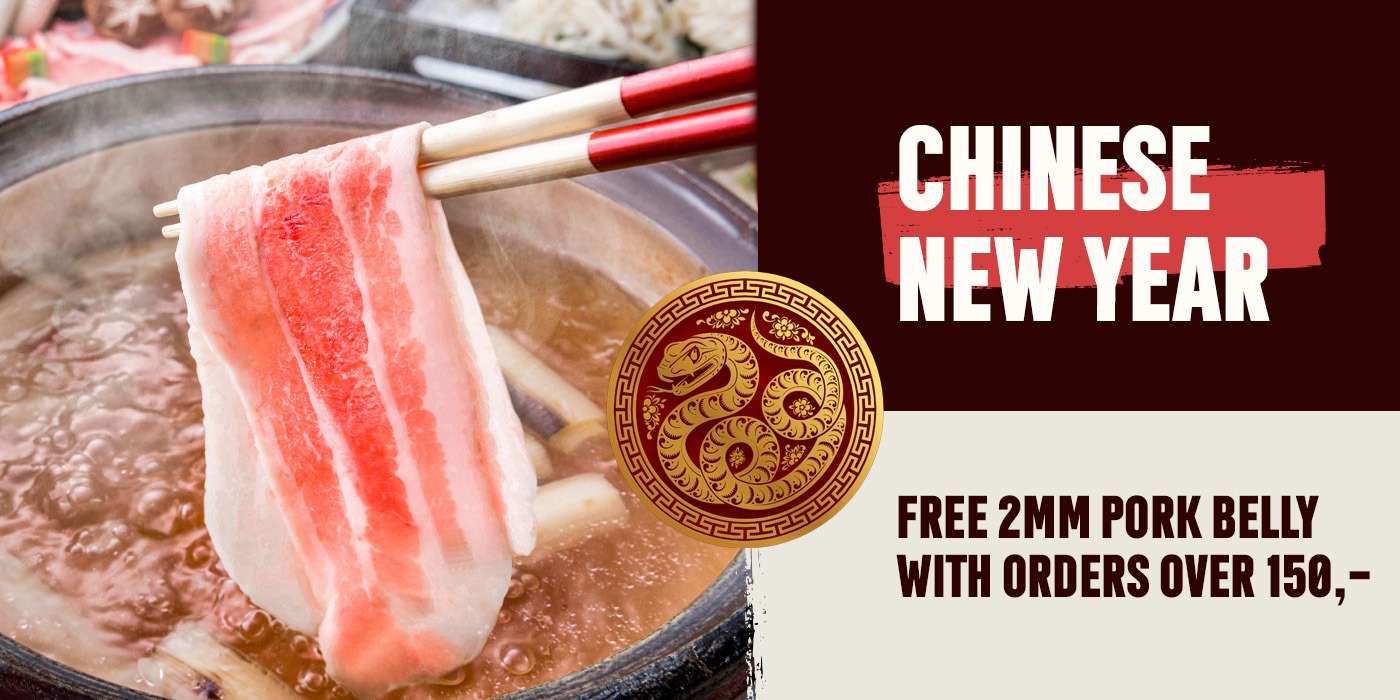
The Year of the Wooden Snake
If you've been following us for a while, you know we’re crazy about Asian cuisine. And guess what! Chinese cuisine is part of that! The balance between simplicity and finesse, the respect for ingredients, and those amazing flavors… it makes us happy! At the end of January, Chinese New Year takes place, and we love to celebrate it too.
Did you know that Chinese New Year is special compared to our New Year’s Eve? Every year has its own name: this year, it’s the Year of the Wooden Snake, and in the Chinese community, the celebration lasts for 15 days! From January 29 to February 12..
And because we believe the Chinese year should start off right, you’ll receive a portion of shabu shabu pork belly for free with your order of €150 or more until February 10. This paper-thin sliced pork belly (2 mm, yes really!) is perfect for the hotpot but also fantastic on the grill or in light, flavorful dishes.

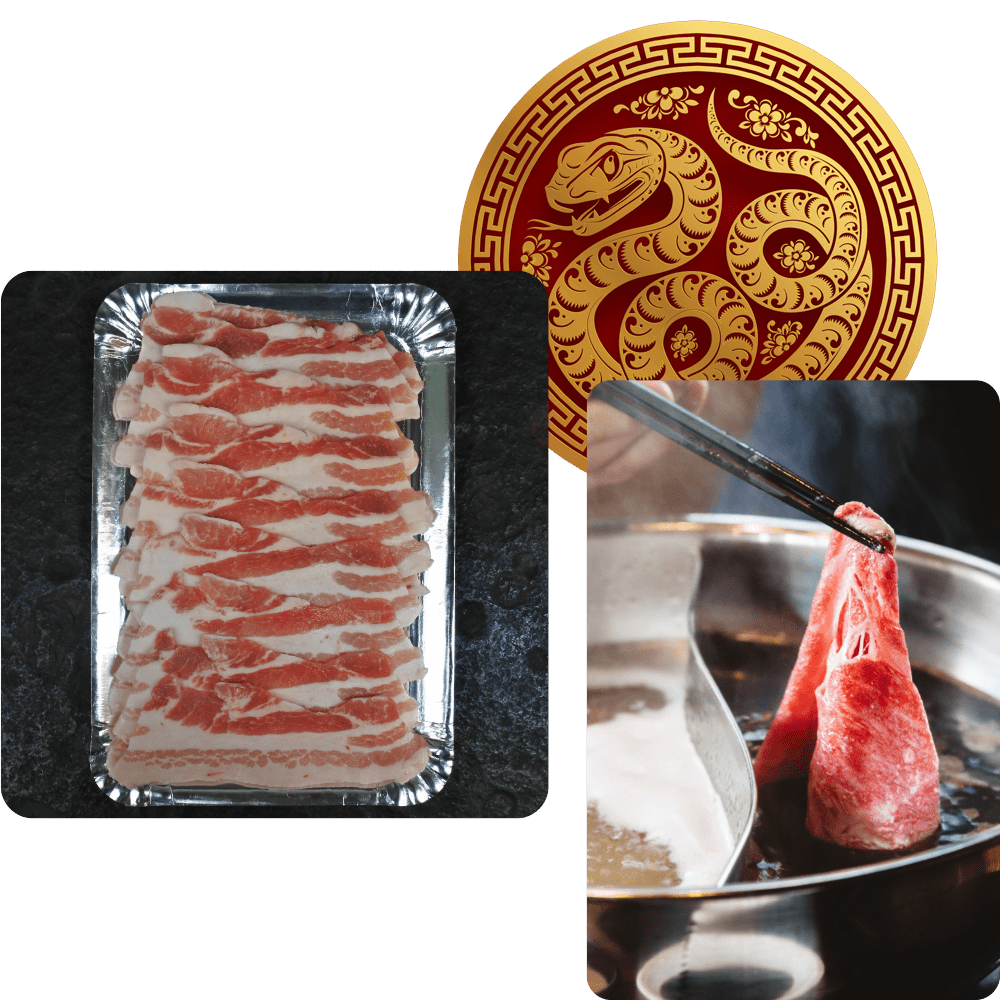
For the Chinese Kitchen
Chinese New Year
Chinese New Year, also known as the Spring Festival, is one of the most important and widely celebrated holidays in China and other parts of the world with a large Chinese community. It is based on the Chinese lunar calendar, which causes the date to vary each year, but it always falls between January 21 and February 20.
2025: Year of the Wooden Snake
In Chinese astrology, each year is associated with an animal from the 12-year zodiac cycle and one of the five elements (Wood, Fire, Earth, Metal, Water). The Snake is the sixth animal in the cycle and symbolizes wisdom, charm, and mystery. Each zodiac sign is influenced by the element associated with it, and together they define the year’s characteristics.
Wooden Snake: The most recent Year of the Wooden Snake was 1965, and the next is 2025, as the cycle of animals and elements repeats every 60 years. Wood is an element associated with growth, creativity, and compassion, and these traits influence the Snake's qualities in that year.
People born in the Year of the Wooden Snake are often seen as diplomatic, thoughtful, and artistic, with refined taste and strong intuitive abilities.
Celebrating Chinese New Year
Chinese New Year celebrations typically last 15 days and include the following elements:
- Cleaning the house: To sweep away old energy and make space for luck and prosperity.
- Red decorations: Red is a color of good fortune and protection from evil spirits. People hang red lanterns, couplets, and use fireworks.
- Family and food: Chinese New Year is all about family. Elaborate meals are prepared, including symbolic dishes such as dumplings (for wealth) and fish (for abundance).
- Red envelopes (hongbao): Elders give red envelopes filled with money to children and young people as a symbol of blessings and luck.
In 2025, the Year of the Wooden Snake, many will celebrate the qualities of wisdom, diplomacy, and growth, along with the new opportunities the year brings.
What is eaten during Chinese New Year?
Food during Chinese New Year is steeped in symbolism. One of the joys of the celebration is that every region and family has its own traditions and dishes. Many foods eaten during the festivities carry special meanings tied to luck, prosperity, health, and family bonds. Here are some of the most popular dishes and their symbolism:
1. Dumplings (饺子, jiǎozi)
- Meaning: Wealth and prosperity.
- Why? Dumplings resemble ancient Chinese silver and gold ingots, making them a symbol of wealth. Especially in Northern China, dumplings are a staple of the New Year meal.
2. Hot Pot (火锅, huǒguō)
- Meaning: Togetherness and warmth.
- Why? A hot pot is perfect for family gatherings because everyone eats together and shares ingredients in the boiling pot. It symbolizes harmony and warmth.
3. Fish (鱼, yú)
- Meaning: Abundance and surplus.
- Why? The word for fish (鱼, yú) sounds like "surplus" (余, yú). Eating fish is seen as lucky, and leaving some behind symbolizes abundance for the coming year.
Note: The fish is often prepared in a way that reflects local traditions, such as steamed fish, and the head and tail are left intact to symbolize a good beginning and end.
4. Spring Rolls (春卷, chūnjuǎn)
- Meaning: Wealth.
- Why? These crispy rolls resemble gold bars and are often eaten to bring prosperity and success in the new year.
5. Roasted Duck
- Meaning: Loyalty and beauty.
- Why? Duck is often prepared with complex spices and herbs, symbolizing warmth, togetherness, and sophistication.

GET INSPIRED
Did you know you can also find Asian recipes at The Butchery? Below is a selection of our recipes. Want to discover more recipes? Feel free to browse through the recipe page, fill your shopping cart, and get cooking!

What Exactly is Chinese Hot Pot?
Hot pot is a type of "table dining" where a large pot of boiling broth is placed at the table. Everyone at the table can cook fresh ingredients in the broth and eat them directly. It’s a cozy group dining experience perfect for festive occasions like Chinese New Year.
How Does It Work?
- The Broth
- The foundation of hot pot is the broth, which stays warm on a stovetop in the center of the table. You can choose from various flavors:
- Mild broth: Made with chicken, vegetables, or herbs.
- Spicy broth (mala, 麻辣): A fiery Sichuan broth full of chili and peppercorns.
- Yin-yang pot: A combination of spicy and mild broths in a split pot.
- Everyone gets a plate or basket of raw ingredients to cook in the broth. Common ingredients include:
- Meat: Thinly sliced beef, lamb, chicken, or pork.
- Fish and seafood: Shrimp, fish fillets, squid, fish balls.
- Vegetables: Bok choy, napa cabbage, spinach, mushrooms (like shiitake or enoki).
- Tofu and soy products: Fresh tofu, fried tofu, or tofu skin.
- Noodles: Glass noodles, udon, or egg noodles.
- Other snacks: Dumplings, rice cakes, or quail eggs.
- Everyone chooses what they want to eat, puts it into the boiling broth, and lets it cook for a few minutes. Once it’s done, you scoop it out with a net or chopsticks.
- Hot pot isn’t complete without dipping sauces! You can mix your own sauce from ingredients like:
- Sesame paste
- Soy sauce
- Fermented tofu
- Garlic
- Chili oil
- Chopped cilantro or green onion
- Take your cooked ingredients out of the broth, dip them in your sauce, and enjoy!
Why Is Hot Pot So Popular?
- Social: It’s a group activity where everyone contributes and eats what they like.
- Variety: You can choose from countless ingredients and flavors.
- Interactive: Cooking at the table makes the experience unique and fun.
- Cozy and Warm: Especially during winter or festive occasions like Chinese New Year, hot pot provides a warm, comforting experience.









